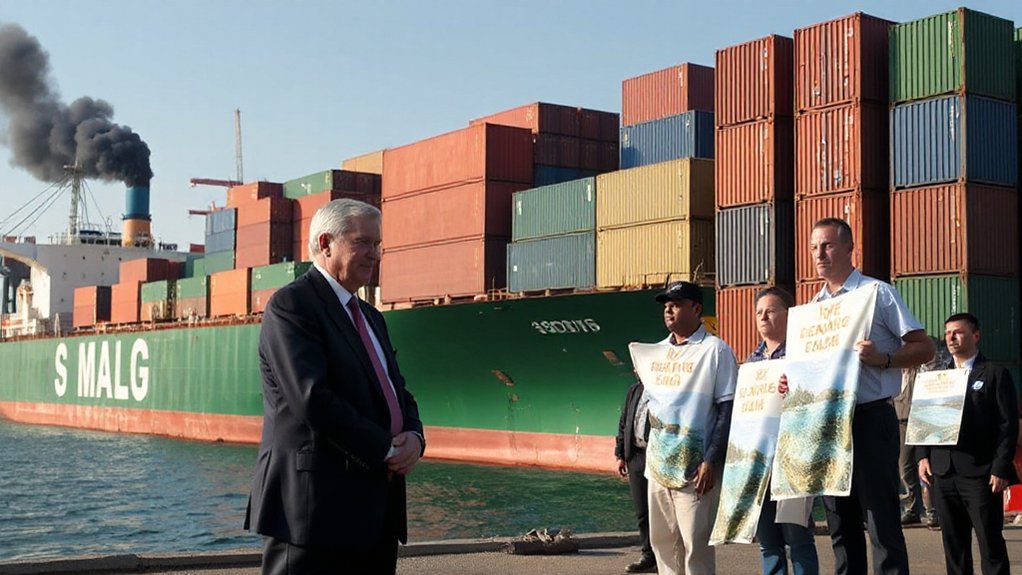The Trump administration bulldozed a global climate agreement this week, sinking years of diplomatic work with a barrage of threats and pressure tactics.
The International Maritime Organization‘s carefully crafted net-zero emissions framework for global shipping—representing 3% of all greenhouse gases—was postponed after the US flexed its diplomatic muscle in April 2025.
It wasn’t subtle. Trump officials threatened countries with tariffs, visa bans, and exclusion from US government contracts if they supported the deal. They even promised higher port fees for ships from non-compliant nations. Subtle as a sledgehammer.
Trump deployed diplomatic brass knuckles, threatening a gauntlet of economic penalties for any nation daring to back climate action.
The plan was pretty straightforward: ships would pay fees for exceeding emissions thresholds, with money funneled toward clean fuel development and helping developing countries decarbonize. Most UN members and the shipping industry supported it. Made sense. Too much sense, apparently.
Trump didn’t mince words, calling it a “global green new scam tax” on Truth Social. Never mind that the framework would have created a level playing field for an industry that handles 90% of global trade.
The final vote wasn’t even close: 57 countries voted to postpone, 49 against, with 21 abstentions. At least a year of delay. Progress, crushed.
The fallout is real. Without a global carbon tax, shipping companies have little incentive to shift to cleaner fuels. US shipbuilders miss out on potential green shipping innovations.
And China? They keep their grip on the shipbuilding market.
It’s bigger than just boats. The collapse signals how fragile international climate cooperation really is. The tactics used here could become a blueprint for derailing future climate conferences.
Meanwhile, the planet keeps warming. Shipping emissions keep rising. The IMO’s original 2018 strategy aimed for a 40% reduction in carbon intensity by 2030. This setback threatens the already ambitious goals of achieving 40% reduction by 2030 compared to 2008 levels. The compromise would have included a two-tier system for high and low emitters, offering financial rewards for compliance. The transition to renewable energy in the shipping sector represents a critical step toward sustainability that cannot be ignored. Guess that’s on the back burner now.
Sometimes the most effective way to sink a ship is to drill holes in the diplomacy that would save it.
References
- https://grist.org/transportation/shipping-carbon-tax-international-maritime-organization-trump/
- https://kneppelhout.com/news/trump-administration-sinks-imos-global-shipping-agreement/
- https://washingtonmonthly.com/2025/11/02/trump-promised-a-shipbuilding-boom-hes-sinking-it-instead/
- https://sustainabilitymag.com/news/why-saudi-arabia-the-us-shot-down-the-imos-net-zero-bill







